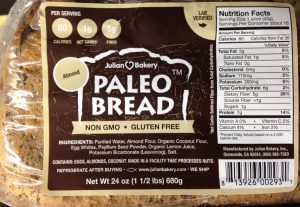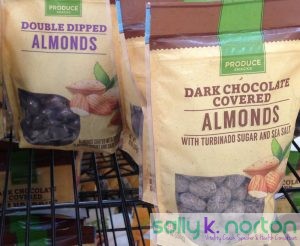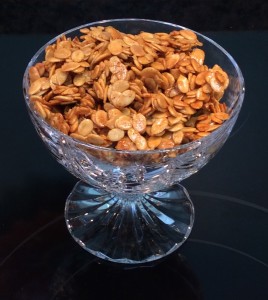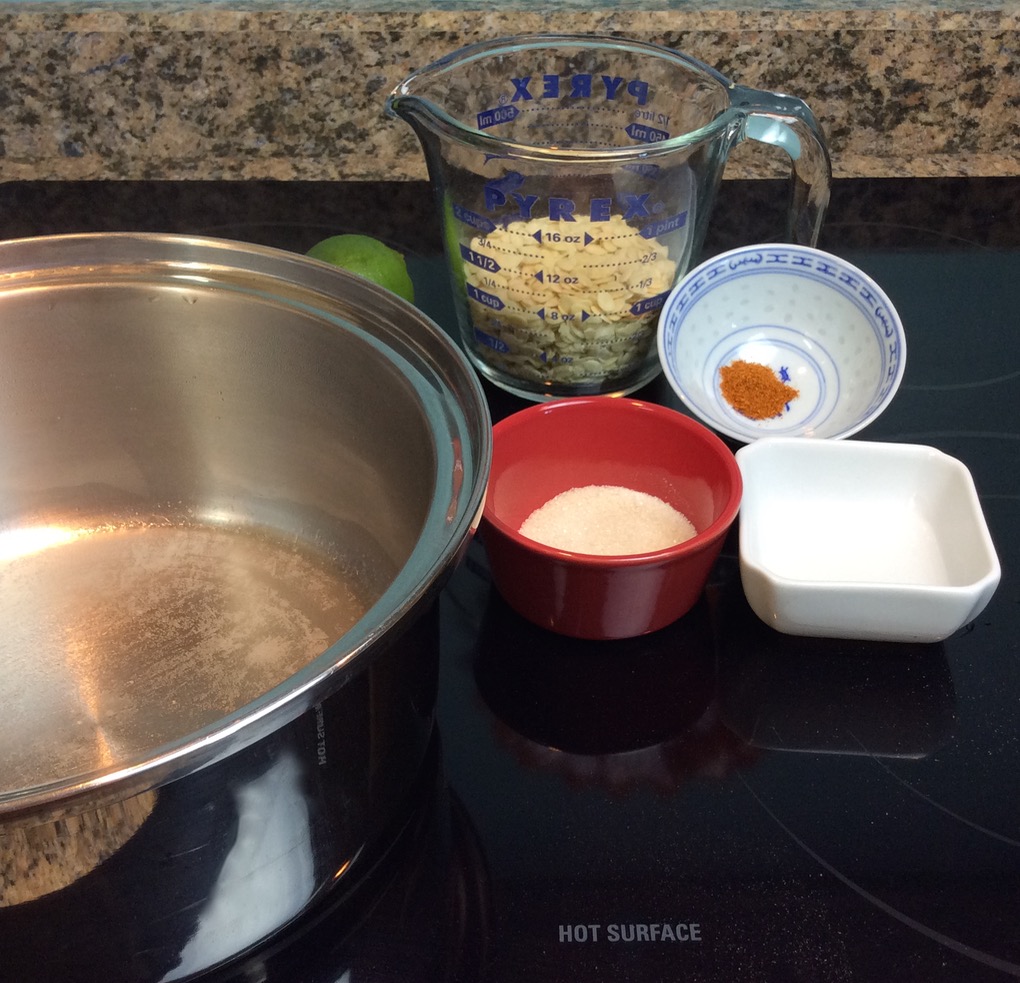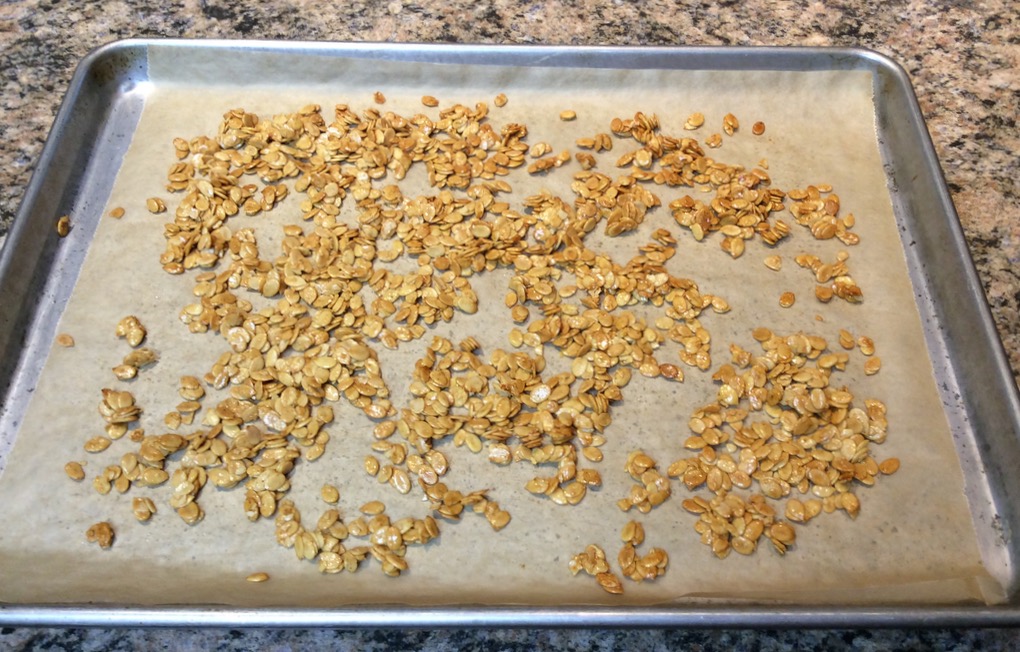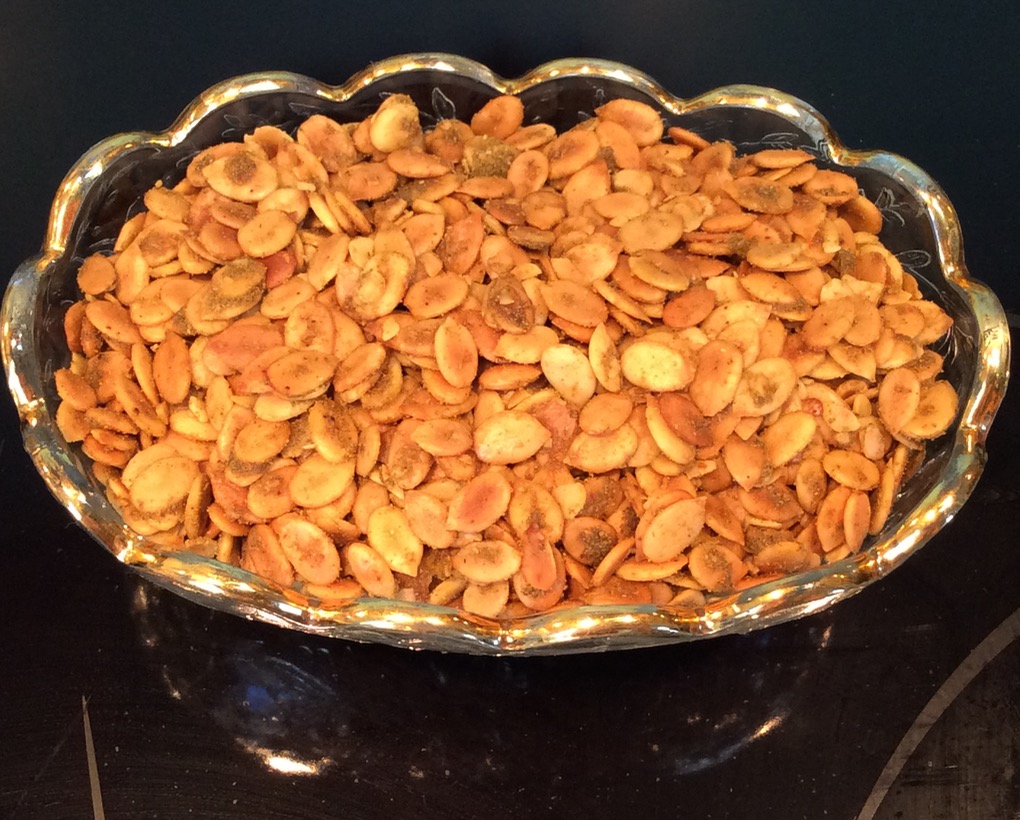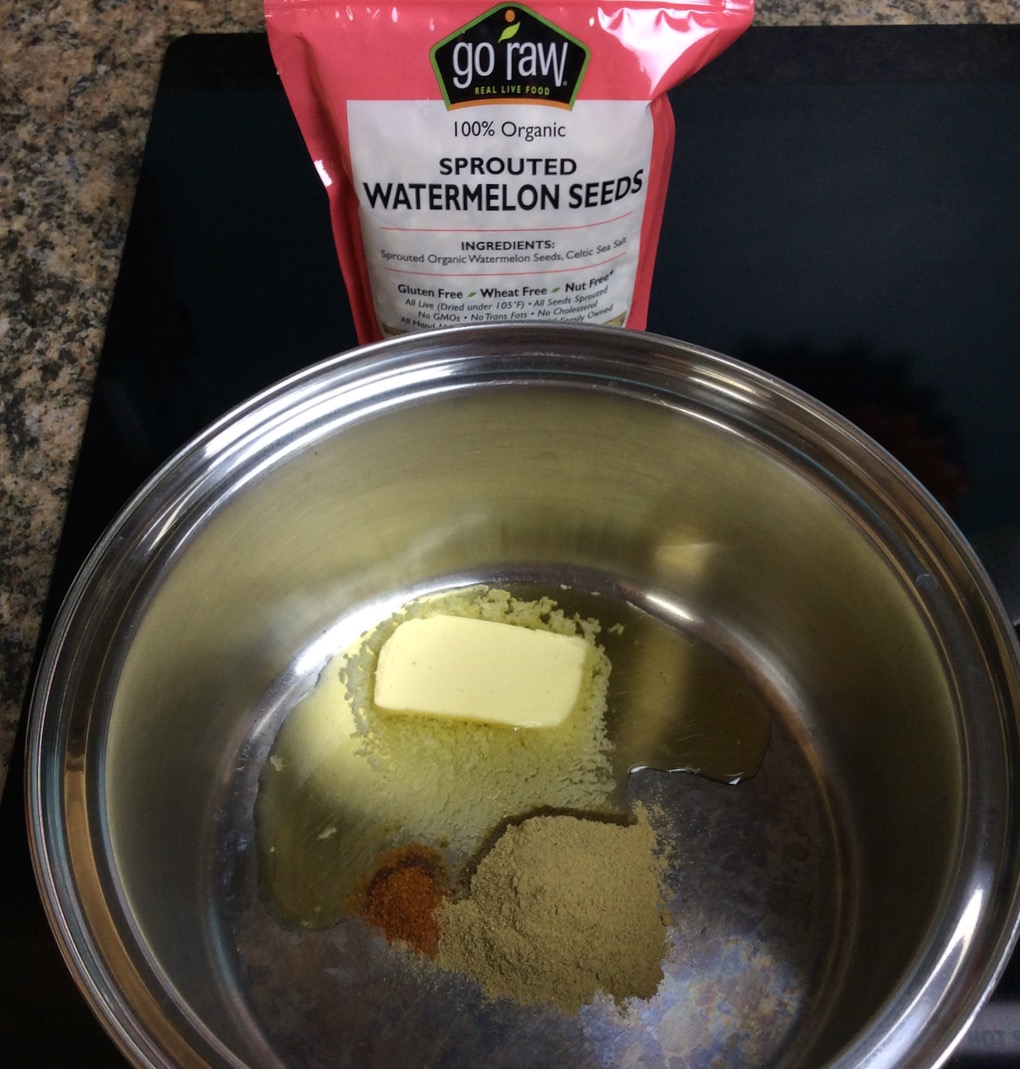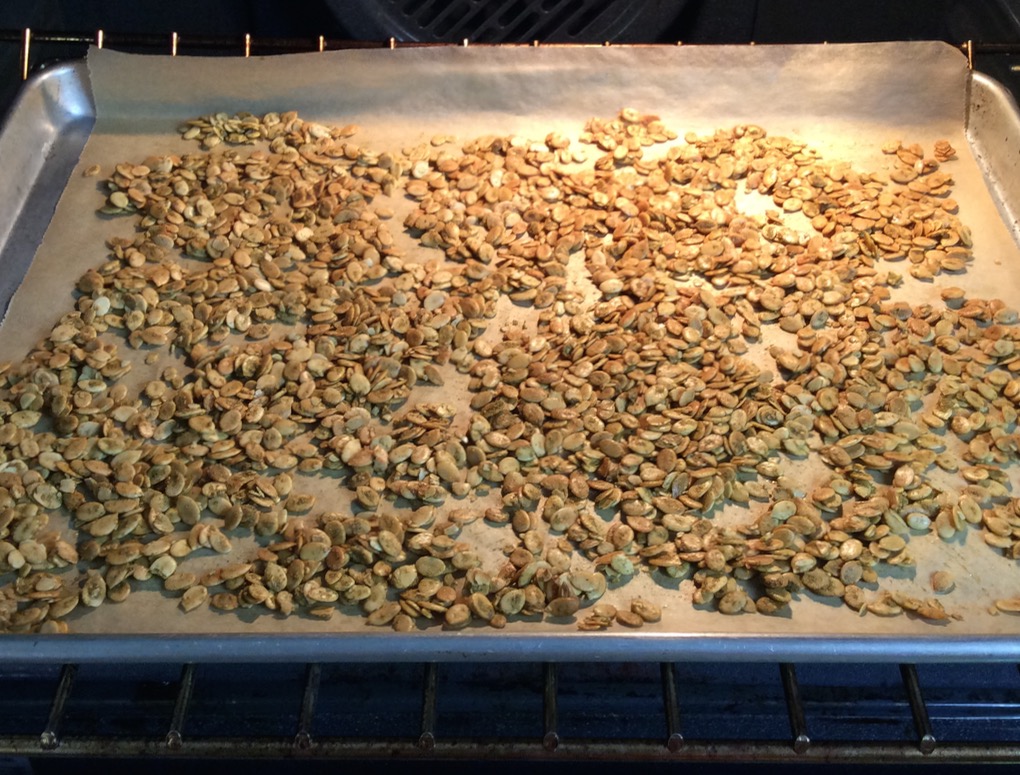I’m very excited to announce a new article in the Journal of Evolution and Health: “Lost Seasonality and Overconsumption of Plants: Risking Oxalate Toxicity” by me: Sally K. Norton. You can download it from my site)
Please read and share this heavily referenced, peer-reviewed article. Perhaps it will help us all see how we’re eating today in a new light. The article offers an up-to-date synopsis of what we know about oxalates, based on my extensive review of the scientific literature.
The rest of this blog post revisits and expands on the key points from the article.
Oxalate Toxicity Illness
Once you realize that oxalate in foods is at the root of your suffering, you can’t help but wonder: Why am I in trouble with oxalate? Why is this happening? Hasn’t oxalate been around forever? Is there something wrong with me that made me especially vulnerable to the oxalate problem? Why me? – this is the classic victim question. Yes, you are a victim, but of what? I say you are a victim of modern progress, affluence, cultural trends, and generalized ignorance of oxalate science; hear me out. . .
Oxalate-related illness is, in general, a problem of: 1) oxalate exposure and 2) bioaccumulation inside of our bodies. This is so, regardless if the effects of this exposure and accumulation surface as arthritis, digestive problems, headaches, pain issues, skin trouble, bad sleep, or kidney stones.
The One-Two Punch
Let’s consider that modern eating patterns douse us in oxalate far too routinely. (Missed any meals recently?) When the continuous oxalate marinade (daily low to moderate doses) includes occasional pulses of extreme doses (as in a spinach smoothie or a bag of almonds), accumulation is bound to occur. This combination – constant eating of plant foods (like bread and spices) interspersed with the occasional dark chocolate bar or spinach salad – is especially good at promoting the build-up of minute oxalate deposits in the body. The speed and extent of this process may be what separates the seemingly unaffected from those of us with joint, digestive, brain and neurological issues. Beyond just the level of oxalate intake, these factors seem to be key determinants of how fast and how extensively oxalate toxicity develops:
- oxalate absorption
- (many dietary factors and other changing conditions will affect the amount that gets inside the body),
- it is generally much higher then scientists used to think
- gut health, and
- internal inflammation.
Never a Break
Never before has it been so easy to obtain oxalate-heavy foods. At the same time, we’ve become nibblers (or grazers) who believe that six small meals daily make for a healthy and acceptable meal pattern. We never take off from eating plant foods. We used to have those breaks: things called winter, or drought, or crop failure, or high-holy fasting days. And, of course when we’re eating oxalate, we have no idea that we are doing it; no one has bothered to tell us. Hardly anyone is aware of the presence of oxalate in our beloved foods and its potential dangers. Never have we been so at risk for slow, low-grade health damage thanks to our modern food choices, constant eating, and unawareness.
Global Food System Has Erased the Seasons
Winter is gone. No longer do we subsist on ham, onions, pickles, and white biscuits from January to March. Now, fresh green spinach, fruits, and nuts of all kinds can be had any day of the year. Our modern food scene is slick and sexy (packaged with grand promises), tasty and super-convenient, affordable, and . . . risky.
You can get nearly anything you could want, seven days a week, 365 days a year. Refrigerated trucks, the interstate highway system, inter-continental shipping, and the 24-hour grocery store all work to meet the demand for affordable, constant access to any and all foods. We usually see this as a great victory of modern commerce, but the downside… well, it has made it possible to bypass and disarm the body’s own defenses against what was historically only periodic over-dosing on high oxalate plant foods. That’s my guess, anyway. There is not any good research on the amount of oxalate in our diets and how this has changed.
Getting Plenty of Neo Foods
Envision some modern basics: tea, chips, fries, and almond milk. . . Finding our way to a daily cup of tea was never this easy! No longer do you have to haul water from the river, or fire up a wood stove. Potato chips? They were mass-produced for home consumption only recently. And french fries? Routine access to fries came with the invention of cheap (and addictive) fast food in the 1950s. That helped to launch the new and steadily expanding practice of eating meals away from home, not just on special occasions but as part normal daily life. Restaurants eagerly offer hash browns, potato chips, fries, and mashed (or baked) potatoes as the classic side. (Too cheap, popular, and profitable to resist.)
Almond and rice beverages? These new-fangled products became commercially available and widely distributed only about 10 years ago (and have been growing in popularity). And please note: These faux “milks” are marketed as a fitting substitute for calcium-rich dairy milk. They are not. Not only do they contain oxalate (which real milk does not), but they lack milk’s ability to protect against oxalate absorption offered by dairy calcium.
Normal variability in what and when we eat, and restrictions that once came with the seasons and periodic food scarcity, are all gone in modern affluent societies. Easy, routine access to tasty oxalate-ridden foods has created a new situation for our bodies. The constant bombardment of our bodies by oxalate is an escalating, and uniquely problematic source of toxic stress in 21st Century life. It’s as if it were Thanksgiving Day, every day. The harvest is in and abundance is the theme of the moment. Have whatever you like; if its “healthy”—have a lot of it, frequently.
Modern Concepts of Health Foods
Modern dietary approaches have placed great emphasis on the health benefits of vegetables, nuts, chocolate, and spices, despite their being high in oxalate. There is a great deal of encouragement, pressure even, to eat greens, nuts, fruits, and other “whole” plant foods. We constantly hear that the sure path to complete health is the “plant based” diet. If it doesn’t work, you are just not trying hard enough… so just keep selecting antioxidant-rich “health foods”.
In this culture, how would anyone ever begin to suspect something amiss with this moral and fail-safe approach to eating? They don’t, not until they have exhausted every other possible explanation for why they hurt or can’t think well or get restless sleep… but I digress.
Accumulation of Oxalate
Any tissue of the body can end up with oxalate deposits, not just the kidneys and other parts of the urinary system. But how and why? This question has been posed, but rarely studied, at least since 1940 when a London coroner found oxalate crystals at the site of a brain aneurysm in a 61-year old woman.1 The prevailing theory in medical science is that the entire drainage system had to be broken down (persistent kidney failure) for oxalate to collect in non-renal tissues. Yet the exceptions to this rule are many—littered across the various fields of research.
Pathologists report finding oxalate deposits in eyes, arteries, hearts, skin, wherever—despite functional, healthy kidneys. We find this in cases of acute oxalate poisoning among patients who have tried to commit suicide with oxalic acid washing powders or ethylene glycol anti-freeze (ethylene glycol is a metabolic precursor that becomes oxalate in the body), and in cases of genetic disorders that cause excessive internal production of oxalate. But we also find these deposits in the chronically ill, in previously injured tissues, and in perfectly healthy people.
Stuck in Catch Mode
The scientific evidence suggests that the body is good at a game of “catch and release”. This is a process in which healthy cells take on minute oxalate crystals with the intention of this being a temporary accommodation. When the coast is clear and conditions right, cells recruit immune cells to help them dismantle and release the sequestered oxalate and send it off for excretion. Our diets, however, are pitching oxalate steadily (and at quite a clip). The effect is that the catch and release cycle gets stuck in “catch” mode. Cells holding oxalate attract more oxalate crystals which then become ever-present because oxalate is ever-present in so many of our favored foods. Injured cells or cell fragments passively get saddled with crystals that not only persist but grow, for years and decades.
We don’t see the inevitable but invisible nano-deposits and non-crystalline traces in cells throughout the body. The trained pathologist can see the much larger micro-crystals (when the tissue are fresh and properly handled, and when using the appropriate stain and polarized light). But the hunt for these troublesome contaminants isn’t done in typical tissue biopsy and tissues are usually not fresh. (The central concern being the detection of cancerous cells.) The body, however, is aware of oxalate. It is designed to unload these toxic traces, if it can only get the opportunity.
Let the Toxin Go
The cells await the conditions necessary for dismantling and releasing crystals. It would seem that tissues may need several days of very low-level oxalate intake to start the slow process of dismantling, dissolving, and unloading these nano-deposits. (In one study, looking at rat kidneys, this process was underway in just a matter of days. In another study, complete dissolution of a crystal took five or more weeks to complete).
The way we eat, the “release” conditions don’t come very often or for very long. The next time someone tells you “you’re full of it” they might be right! And they might be full of it themselves!
References
1. Glynn, L.E. (1940). Crystalline bodies in the tunica media of a middle cerebral artery. J. Pathol. Bacteriol. 51, 445–446.

